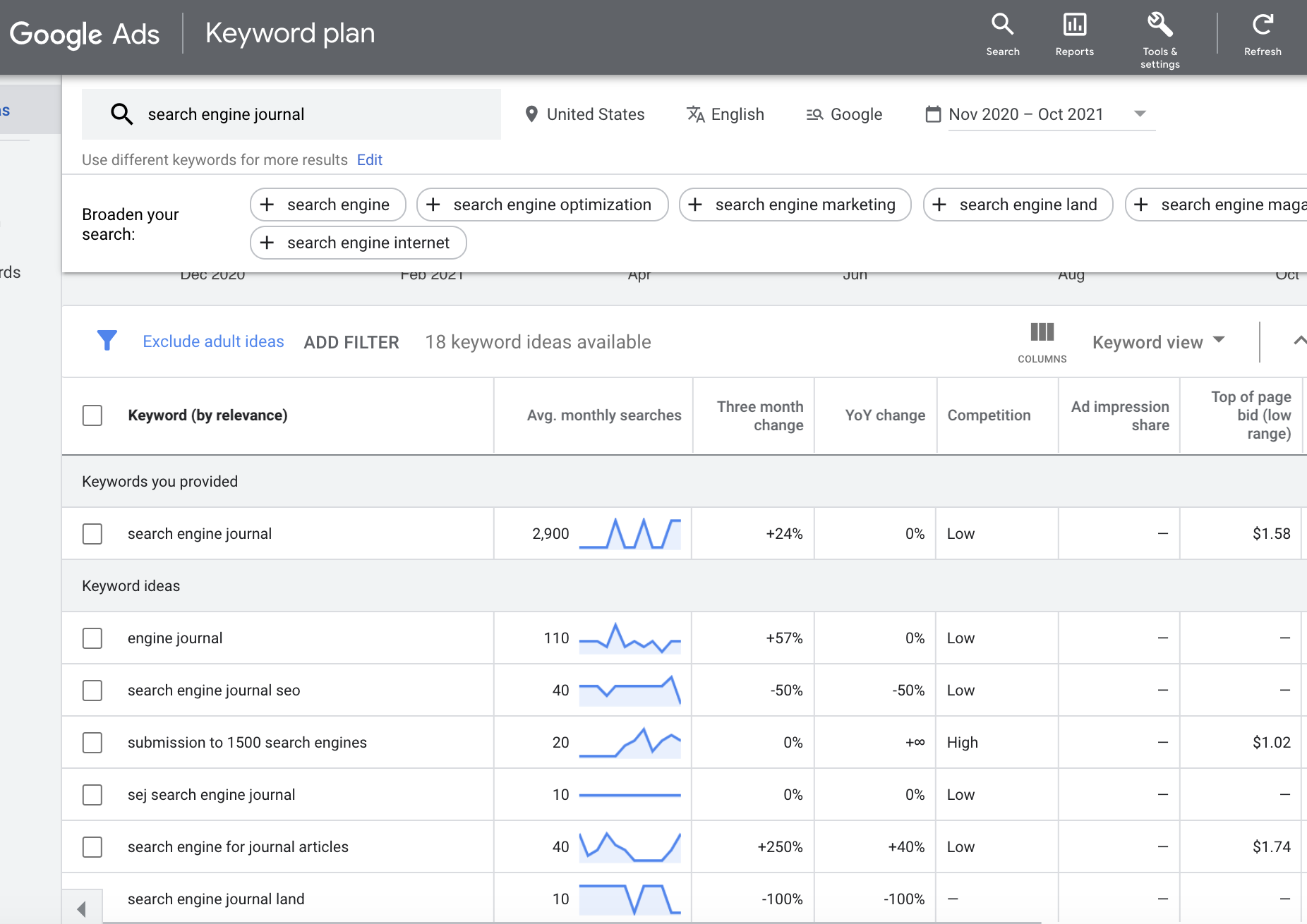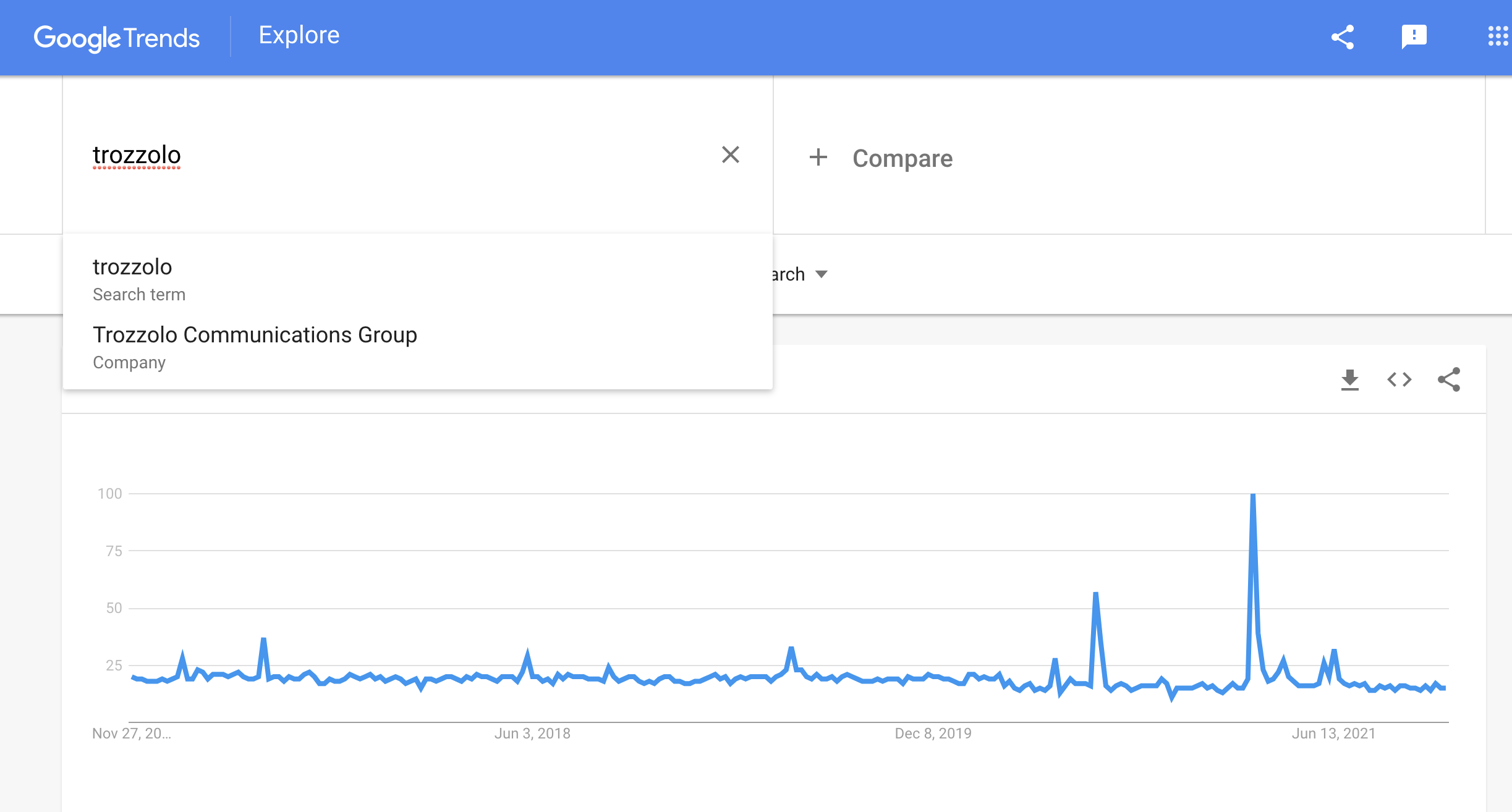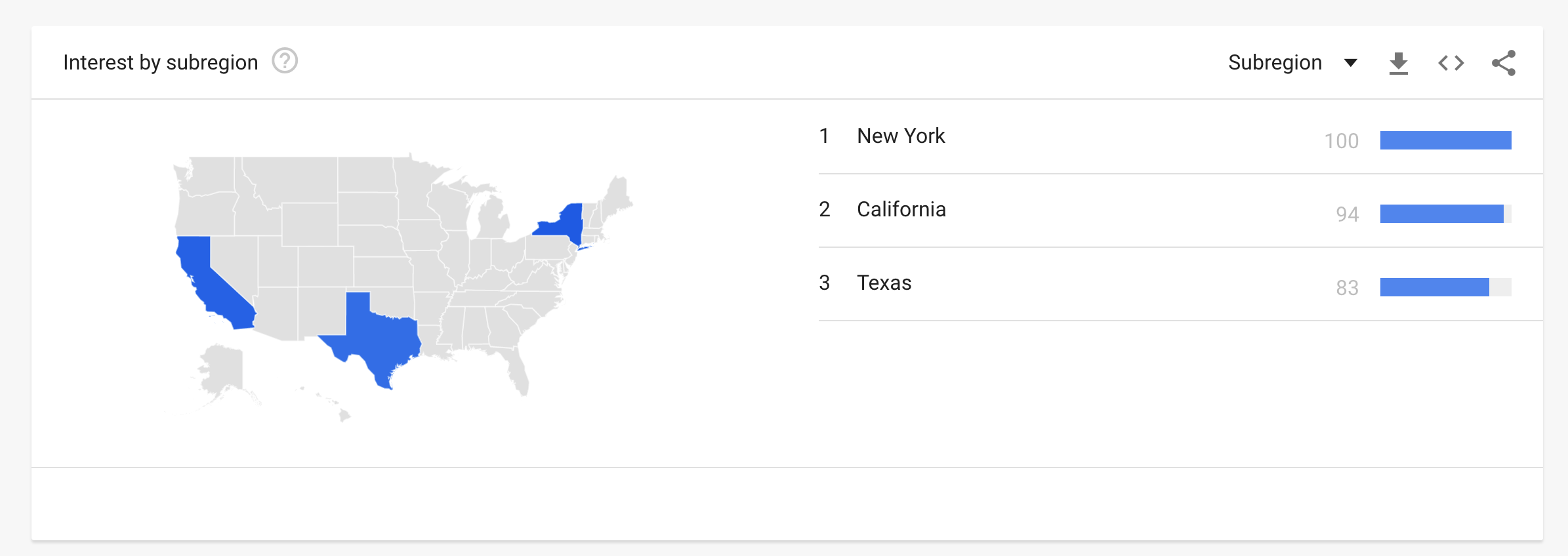It’s become clear that a siloed approach doesn’t win the online marketing game. We’re all in the same chase to attract new eyes and retain loyal customers, after all.
However, unless you are selling products online or generating leads, it can be difficult to show what digital marketing and advertising as a whole are bringing to the table.
It can take quite a while to prove the value of your efforts, as well.
Measuring your online brand lift is over time is a great way to show that your efforts should be worth staying the course.
This can also be a valuable exercise in a rebrand, as it can help you understand how well the online public has understood and accepted your transition, through web searches and mentions of your brand.
There are plenty of tools and methods to help you gauge how well your brand is resonating and what potential lift you may be experiencing.
In this column, you’ll find helpful tips on four elements you should include in your brand lift measurement.
Advertisement
Continue Reading Below
Best of all, each of these requires only completely free tools you may already use for other parts of your digital marketing strategy.
1. What’s Your Brand?
What do people actually call you? The reason I ask is that what you call yourself as an organization may not be what your customers are searching for.
This often happens when your brand is abbreviated by the public for ease. For example, you are the Central Tennessee State University Health System but the public calls you “Tenn-Med.”
This is a fictitious example but even so, it happens.
To help get a sense of what your brand and competitor brands’ perception may be to the public, we move to Google’s Keyword Planner.
Here, we apply our organizational name. This tool will then return popular search results surrounding our organization name.
This can be a great way to see online searches for name variation as well as “brand + keyword” searches that are occurring.
Advertisement
Continue Reading Below
This allows you to understand what topics the online public is associating with your brand.
 Screenshot from Google Ads, November 2021
Screenshot from Google Ads, November 2021This will give you a sense of the search volume around your brand, variations, and sub-topics.
More importantly, we gain insight into the three-month and year-over-year percentage search trends.
For a deeper view of historic search trends, you have the ability to set a date range of multiple years and perform a spreadsheet export.
 Screenshot from Microsoft Excel, November 2021
Screenshot from Microsoft Excel, November 2021This type of analysis can be helpful for understanding search volume transition for rebrands as well as any seasonality that may be occurring.
2. Assessing Trends
Now that you have identified how the public searches for your brand you can take this brand keyword and the brand variations into Google Trends to understand popularity trends over time.
 Screenshot from Google Trends, November 2021
Screenshot from Google Trends, November 2021
 Screenshot from Google Trends, November 2021
Screenshot from Google Trends, November 2021Here, the benefits lie in seeing a graphical history of search trends related to your brand. Google will also provide similar brand names, as well.
One unique quality of stopping by Google Trends is the ability to gauge brand search volume by state or region.
Advertisement
Continue Reading Below
While one might rely on Google Analytics for this insight, you may not know if the traffic typically enters through the Direct channel or through the Organic Search channel.
3. SERP Behavior
To this point, we have been able to gauge how web users search for your brand as well as how often they are seeking you out.
Your next stop is Google Search Console.
 Screenshot from Google Search Console, November 2021
Screenshot from Google Search Console, November 2021Within the Search Results section, we have the ability to again see the brand-related searches web users perform but can now see how often our listing gains the click through.
Advertisement
Continue Reading Below
Keep in mind that users may also click on a Google local listing depending on proximity to an applicable brick-and-mortar location.
While taking a look at brand and brand variation term click-through rates, you also have the ability to look at keyword phrase ranking and ‘within time’ comparison, as well.
4. Paid Search Brand Impression Share
We have taken a good look at organic search brand exposure, where you show up, and when users choose to click on your organic listing.
However, in competitive industries, it is not uncommon for the competition to bid on your brand name and name variations in an attempt to entice website click-throughs for traffic that was originally destined for your site.
One way to stay a step ahead of this is to dedicate a portion of your paid search budget to only bid on your brand name and similar variations and misspellings.
 Screenshot from Google Ads, November 2021
Screenshot from Google Ads, November 2021Once this campaign has run for a few months, you will get a sense of how often you dominate the top of the page for your brand terms.
Advertisement
Continue Reading Below
This will also shed light on what other competitors have their eyes set on your brand traffic.
Impression share is important here, but so too are top of page and absolute top of page impression share. These latter two rates show not only that your ad was shown but that you were able to rank in the number one position at page top or in the least, shown in the upper part of the page, as well.
Competitor brand bidding can become a slippery slope as they may want to take traffic from you but may be paying to field your customer service inquiries.
The key here is to provide enough budget with the devotion of a large enough cost-per-click to show for the majority of brand-related searches and command a top-of-page placement.
Invest In Your Brand
If there is one thing that many of us become consumed with in search marketing, it is unbranded search exposure. Our minds run to endless lists of keyword research and to optimized bidding structures to lure product and service-relevant searchers.
Advertisement
Continue Reading Below
Your brand in search marketing is definitely an area deserving of focus.
It is or should be an “owned” space in your marketing strategy; a clear path for those searchers you’ve worked hard to attain throughout your entire marketing strategy and are likely returning to you from a multi-channel standpoint.
More resources:
Featured Image: Shutterstock/Griboedov
